Traction alopecia: what solutions to treat it?

Sommaire
Traction alopecia, sometimes referred to as tension or friction alopecia, is a form of patchy hair loss characterized by its scarring and patchy nature. This condition arises when an individual’s hair care practices consistently inflict damage and cause hair to be pulled out. The practices that lead to traction alopecia include the wearing of tight braids, frequent blow-drying, and the use of straightening tools or harsh hair care products. Let’s delve deeper into this prevalent condition and gain a better understanding of its causes and effects.
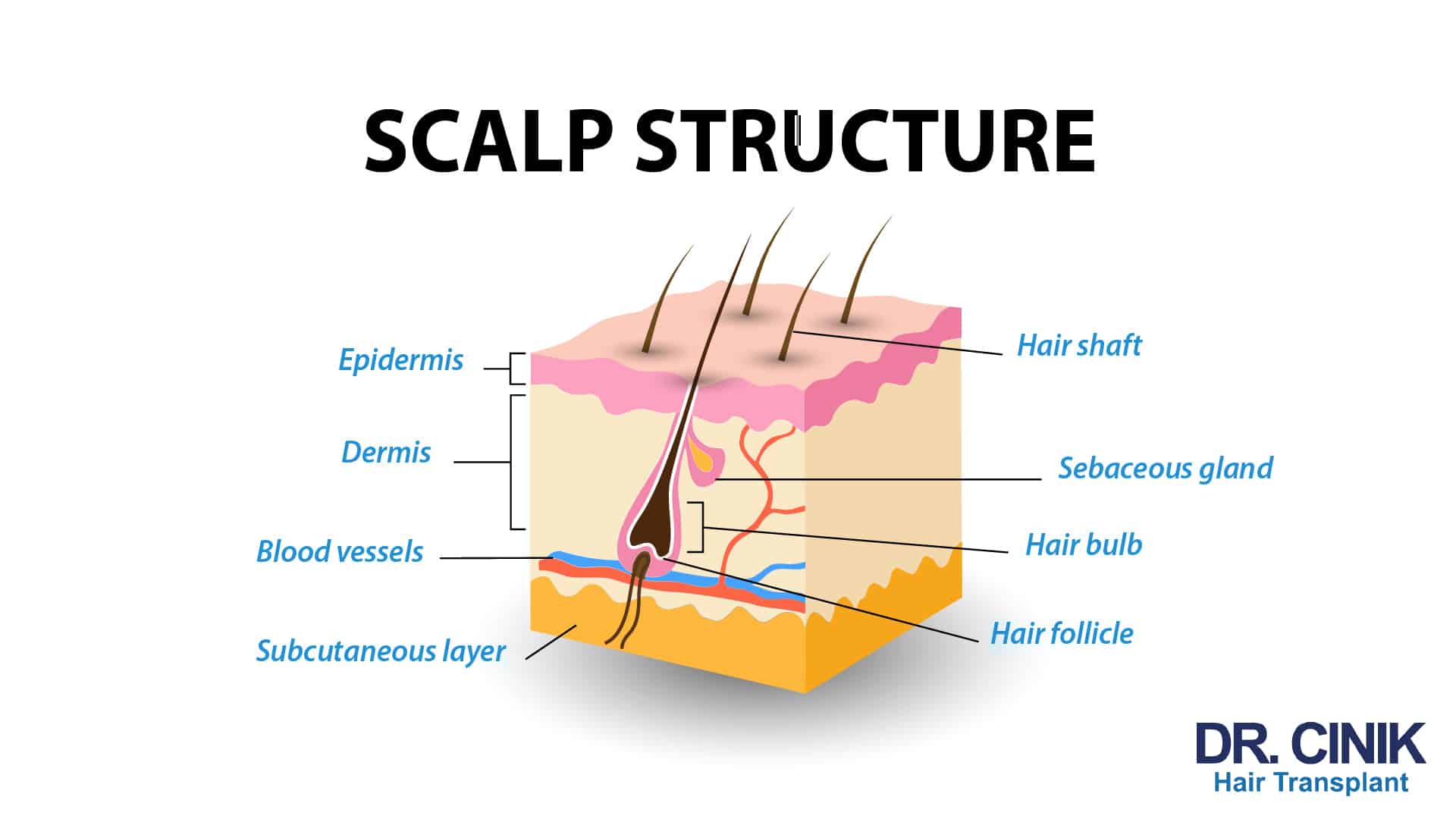
What is traction alopecia?
Traction alopecia is hair loss due to repeated and prolonged pulling of the hair follicles. This hair loss occurs when the fibres are over-extended or due to inappropriate use of chemical styling products.
A more flexible hairstyle and natural hair care products can usually gently prevent the risk of traction alopecia.
Who is affected?
Traction alopecia is a condition that can affect anyone frequently subjected to excessive hair pulling. However, specific population groups are more predisposed to this condition. For instance, individuals with textured or frizzy hair, often associated with African descent populations, are notably susceptible. It’s estimated that two-thirds of women of African descent who consistently sport hairstyles that induce hair stress, like braids, dreadlocks, buns or hair extensions, experience this condition.
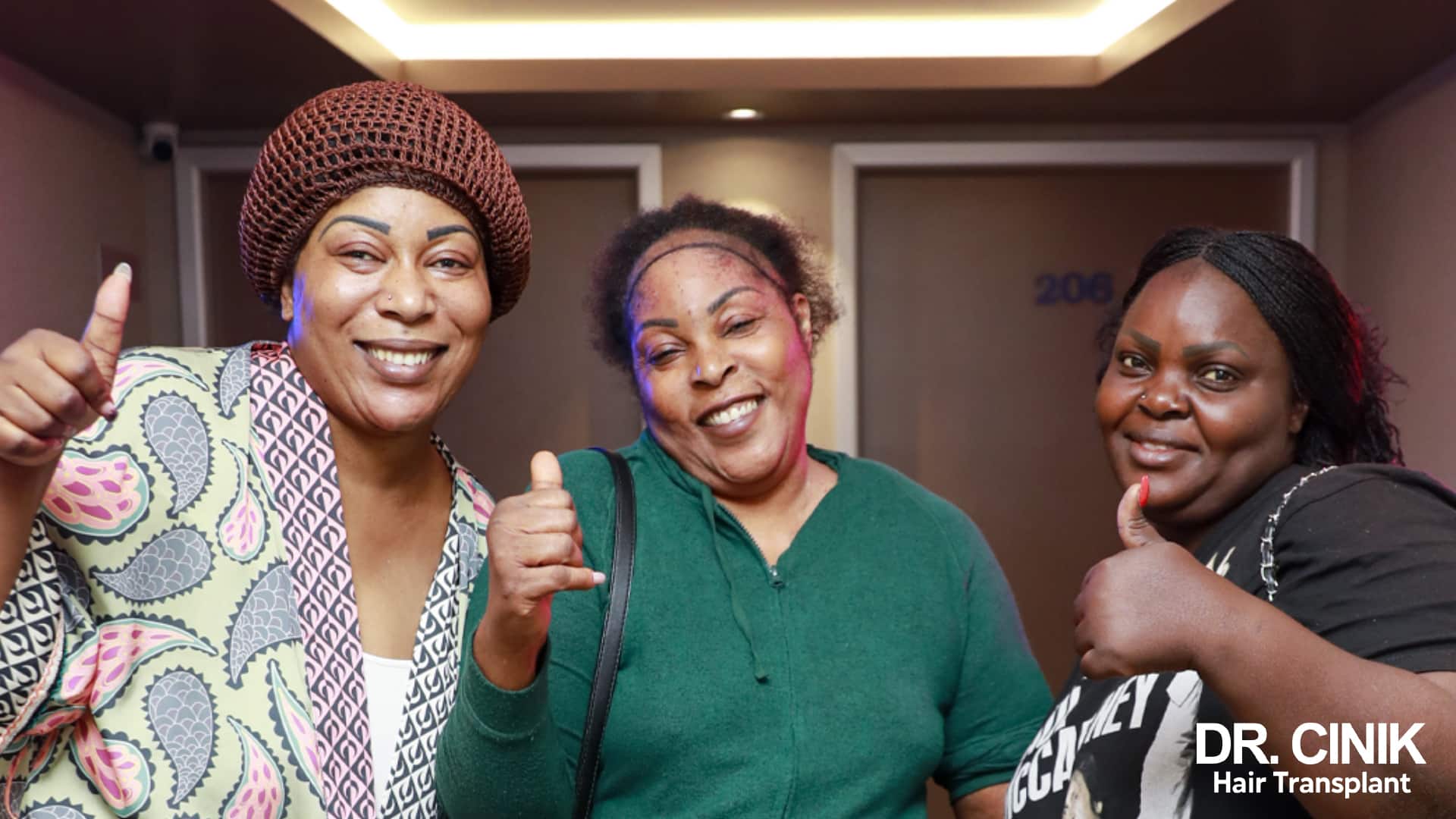
Textured hair, with its characteristic rough and curly attributes, can be challenging to manage. Unfortunately, many styles used to manage such hair can inadvertently increase the likelihood of excessive pulling, thereby promoting traction alopecia.

Moreover, certain hairstyles popular across diverse cultures can further contribute to the onset of traction alopecia. Examples include very tight ponytails or the turbans traditionally worn in Sikh and Turkish communities. Furthermore, professions necessitating frequent hair manipulation, such as dancers, models, athletes, and actors who frequently change their hairstyles, are at a heightened risk of developing traction alopecia due to the consistent strain on hair fibres.
What are the leading causes of traction alopecia?
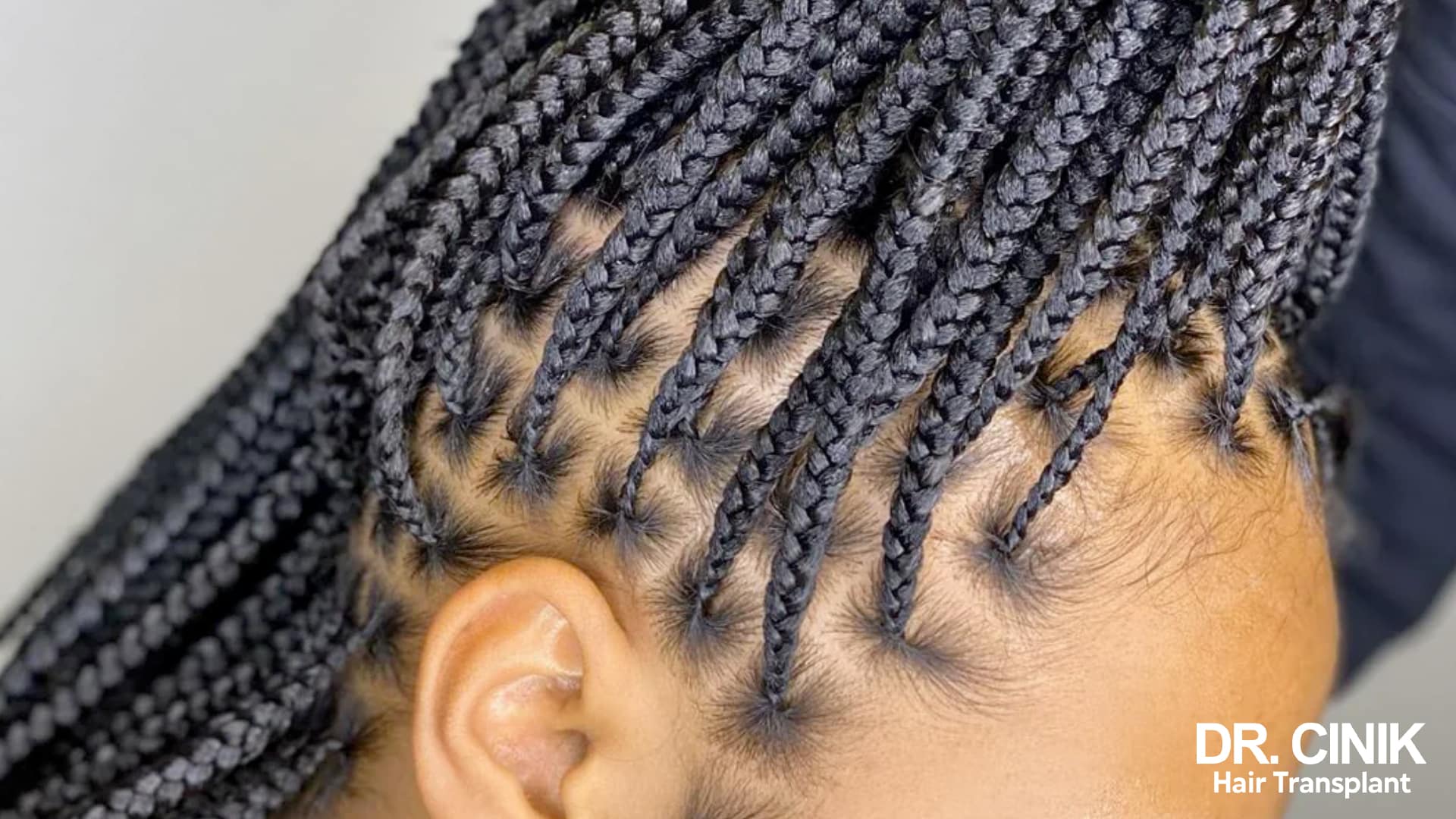
Tight and repetitive hairstyles
Due to tight hairstyles, such as braids and weaves, alopecia is caused by a weakening of the hair follicles, which no longer hold the roots and thus cause hair loss.
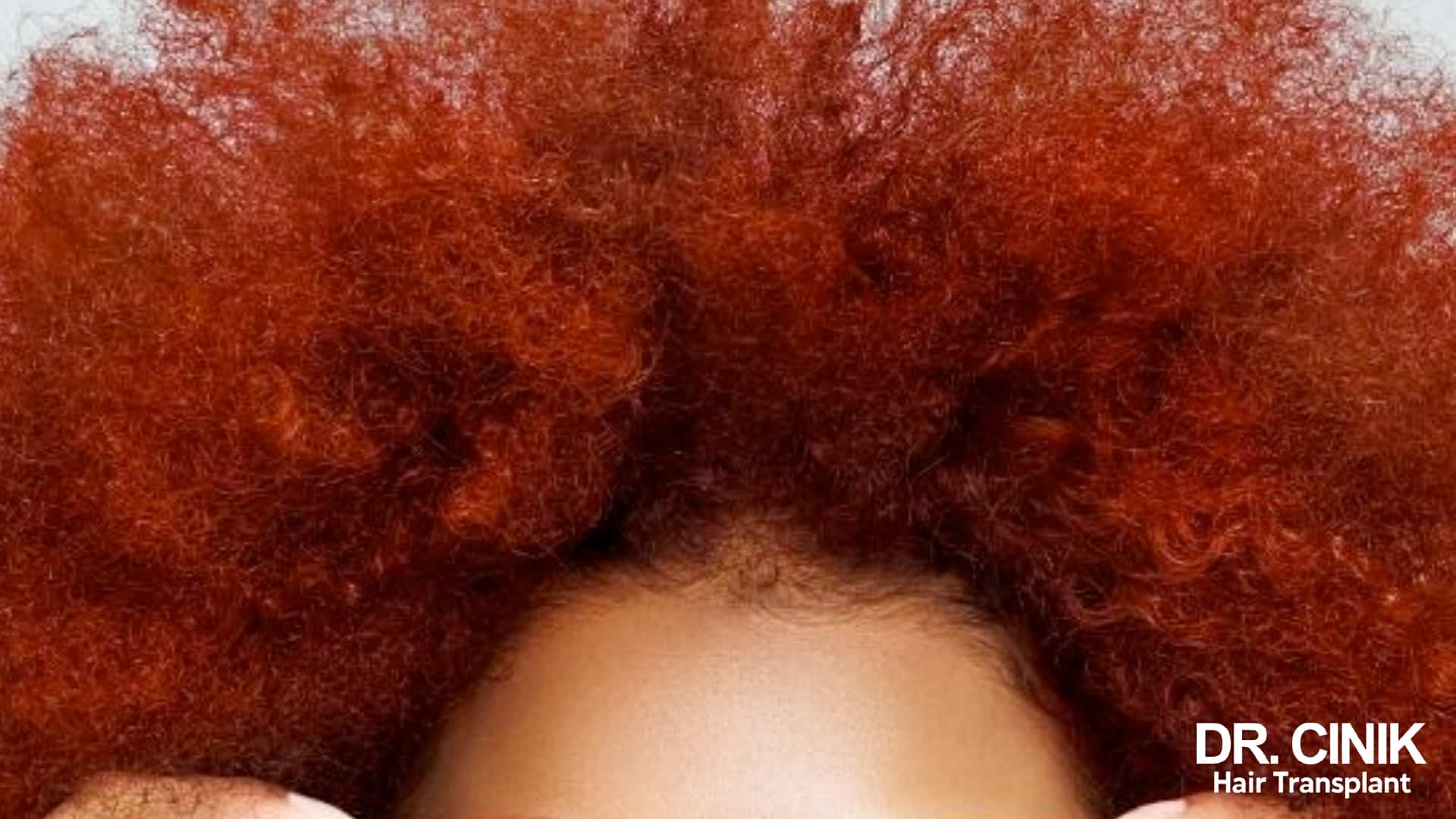
The use of aggressive hair products
In the field of hairdressing, there is a plethora of hair care products. Some of these products contain chemically active ingredients that can have a disastrous effect on the hair’s health.
Regular use of products such as relaxers, chemical perms or permanent hair dyes can damage hair fibres and make them more vulnerable to pulling.
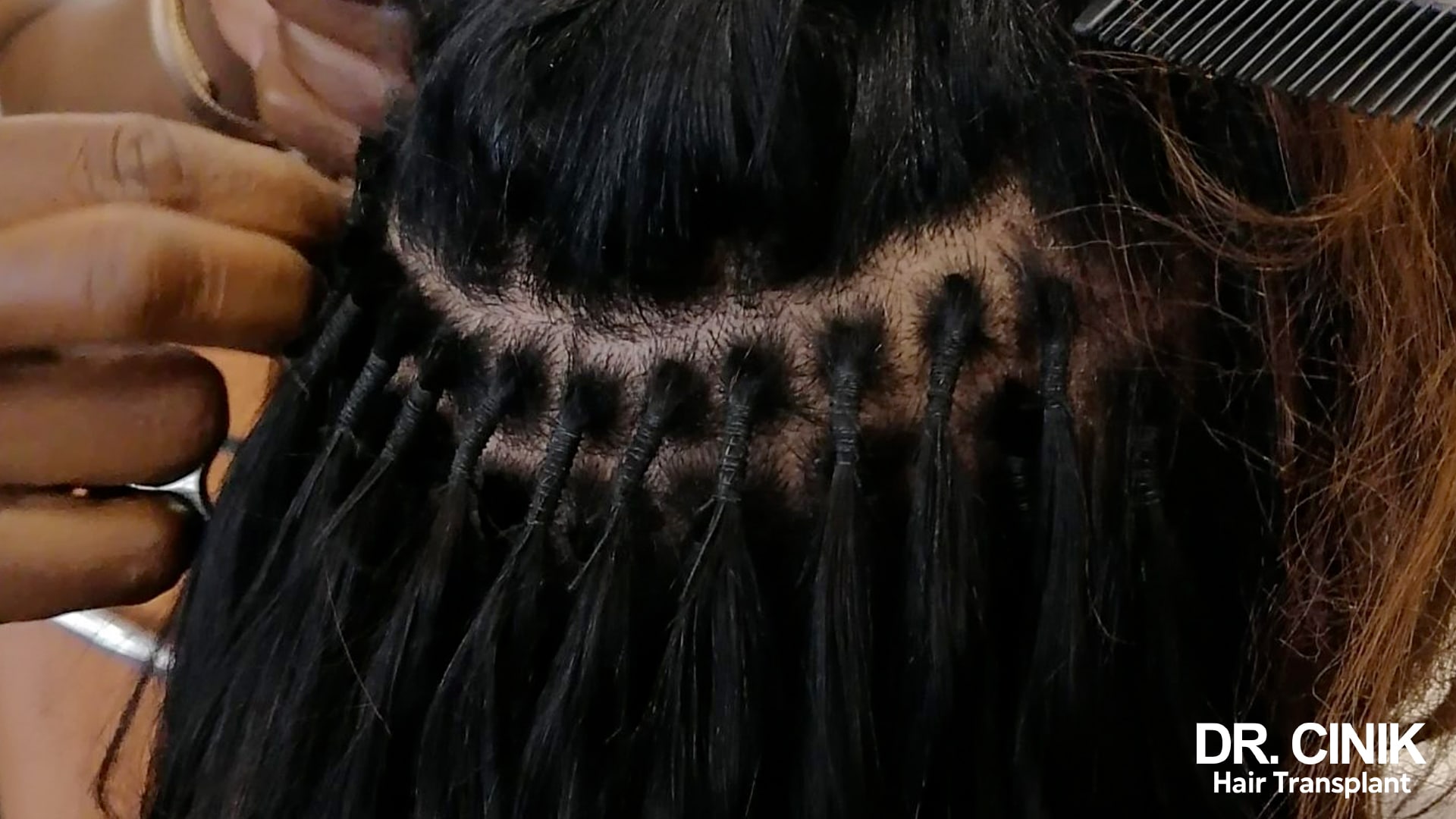
Hair extensions and weaves
Hair extensions, weaves, and wigs that are too tightly attached exert repeated traction on the hairline. When these accessories are used too regularly, they weaken the hair follicles, cause hair loss and inevitably lead to traction alopecia.
How to recognise traction alopecia?

Patchy hair loss
Patchy hair loss is the most visible sign of traction alopecia. This is because the area of the thinning scalp is the one that has been repeatedly subjected to traction. Broken hair at the roots and even microcavities can be seen in this area.
Pain or discomfort in the scalp
When a person has alopecia, they may experience pain or discomfort in the scalp. This sensation may be coupled with the presence of a healing micro-tear. The risk of infection can increase the pain and requires prompt treatment.
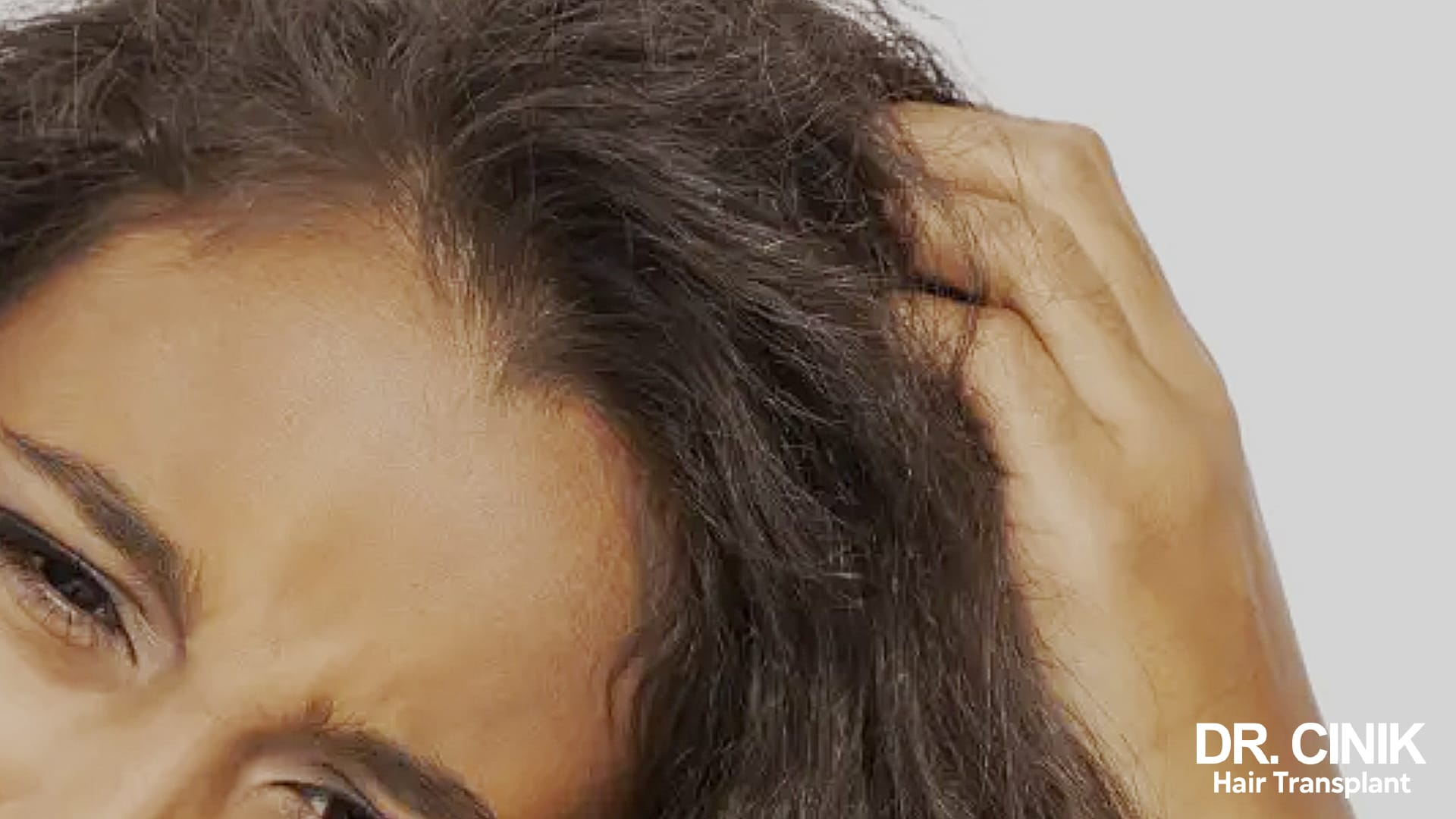
Irritated skin
Alopecia can cause irritation of the scalp. This is manifested by visible redness, burning, itching or inflammation. In this case, consultation with a dermatologist is strongly recommended.
How to avoid traction alopecia?

Avoid tight, repetitive hairstyles
There are several strategies to prevent the onset of traction alopecia. The most effective among these is to avoid repetitive and tight hairstyles. Instead, consider choosing looser styles that reduce tension on your hair, thereby promoting scalp health and a more natural appearance. A significant social factor in this condition is the prevalent hairstyle discrimination against people of African descent, particularly in employment settings. This often leads individuals to adopt western hairstyles or African braids, which can contribute to traction alopecia. The “Black Hair Deserves Respect” movement campaigns against such discrimination, advocating for the freedom of individuals of African descent to embrace their natural hairstyles and hair texture without fear of bias. By doing so, it could significantly reduce the prevalence of traction alopecia in this population.

Use gentle, non-aggressive hair products
Using hair care products tailored to your specific hair type can also help prevent traction alopecia. It’s often beneficial to choose products with more natural ingredients, as these can provide the necessary nourishment for your hair without causing additional stress or damage.
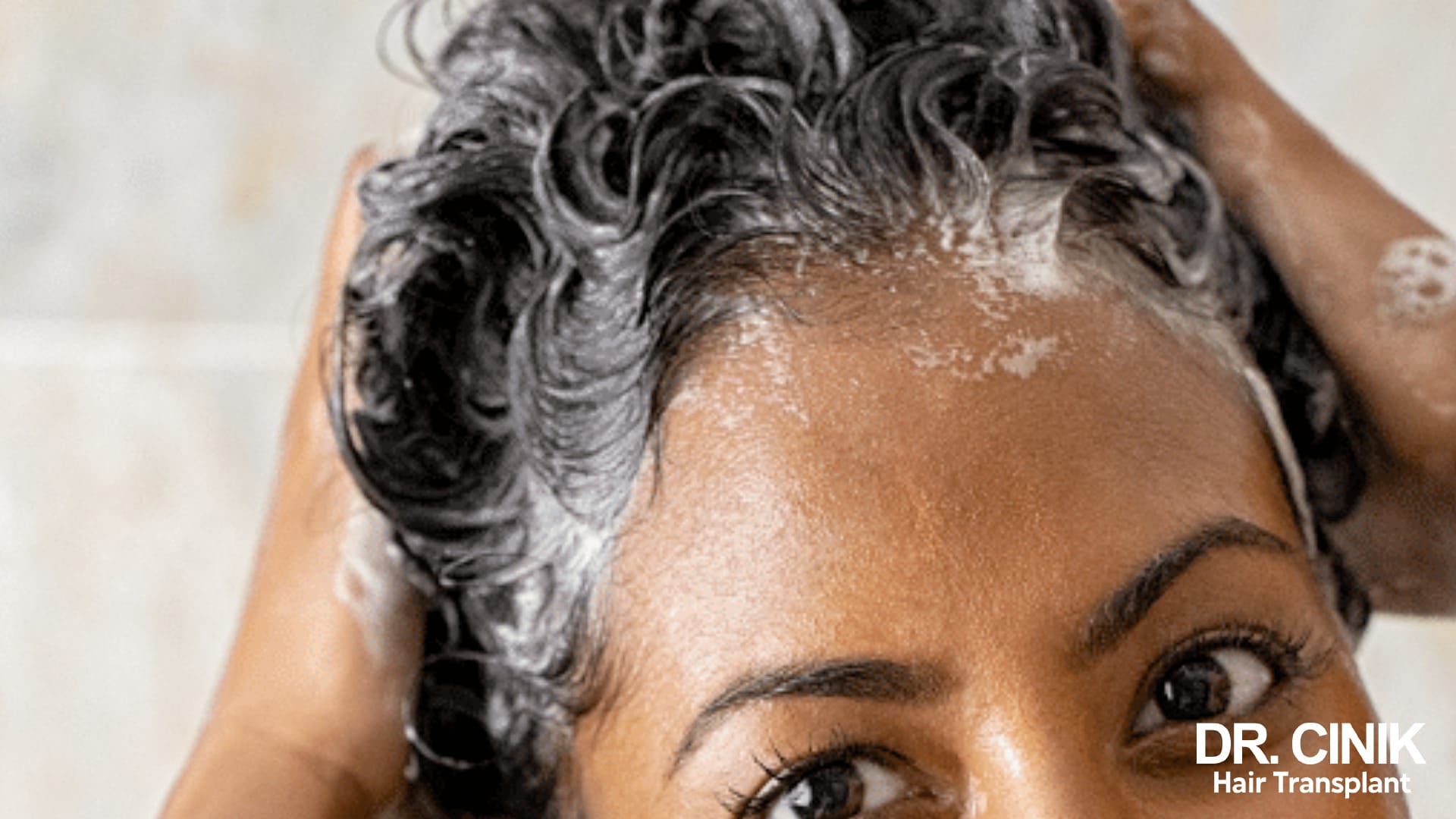
Massage the scalp to stimulate blood circulation
Scalp massage stimulates blood circulation. This ritual promotes healthy hair follicles and strengthens the resistance of your hair roots. This helps you to prevent brittleness that can lead to alopecia.
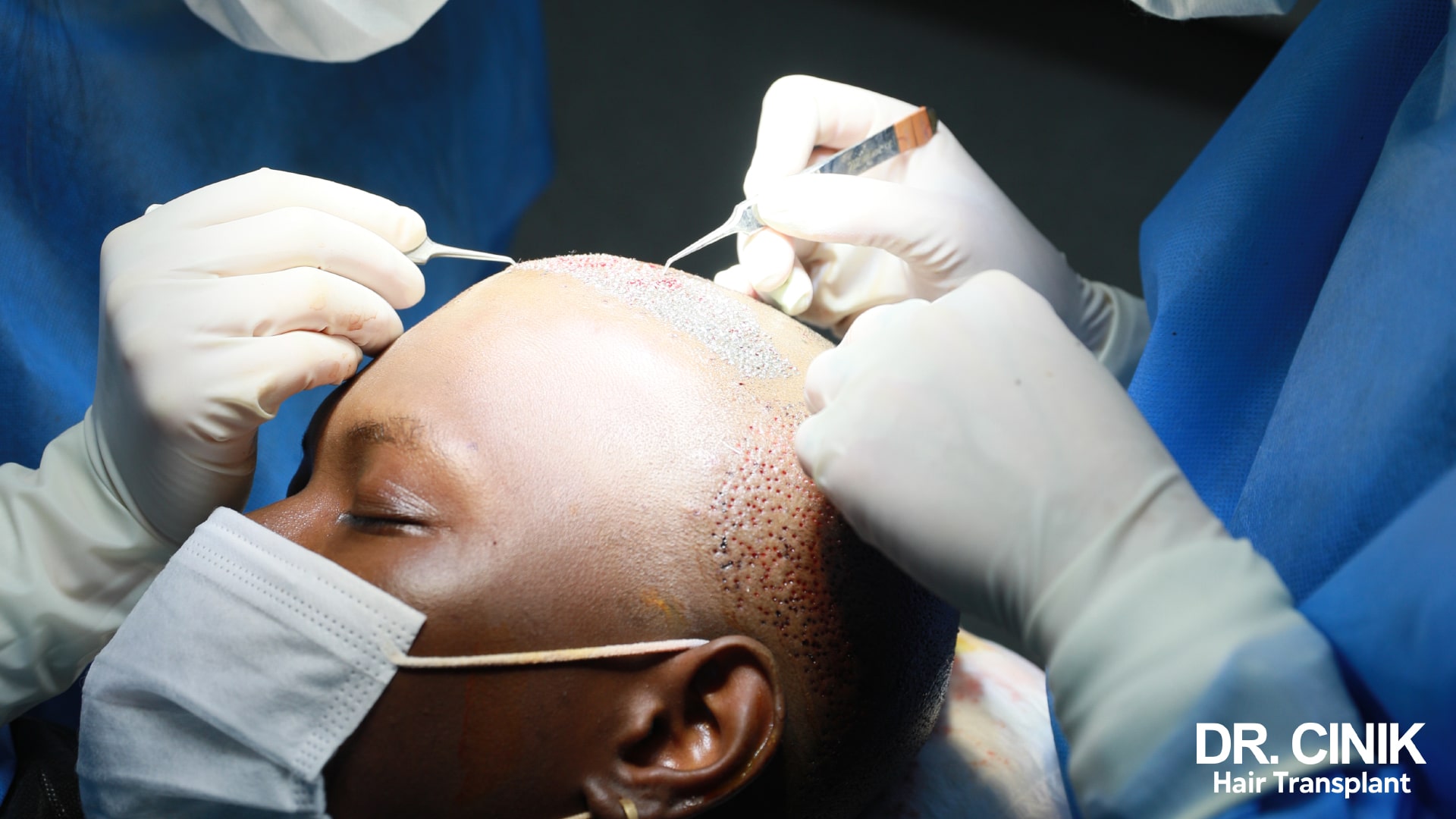
Treatment: the particular case of traction alopecia
When traction alopecia is significantly advanced, hair transplantation may become the only viable treatment option. Manual Follicular Unit Extraction (FUE) hair transplantation is often the preferred technique in such cases. Dr. Cinik, known for his expertise in Afro hair transplantation, can deliver natural-looking results. Choosing to have your hair transplant done in Turkey could also be advantageous due to the region’s comparatively lower costs for such procedures.
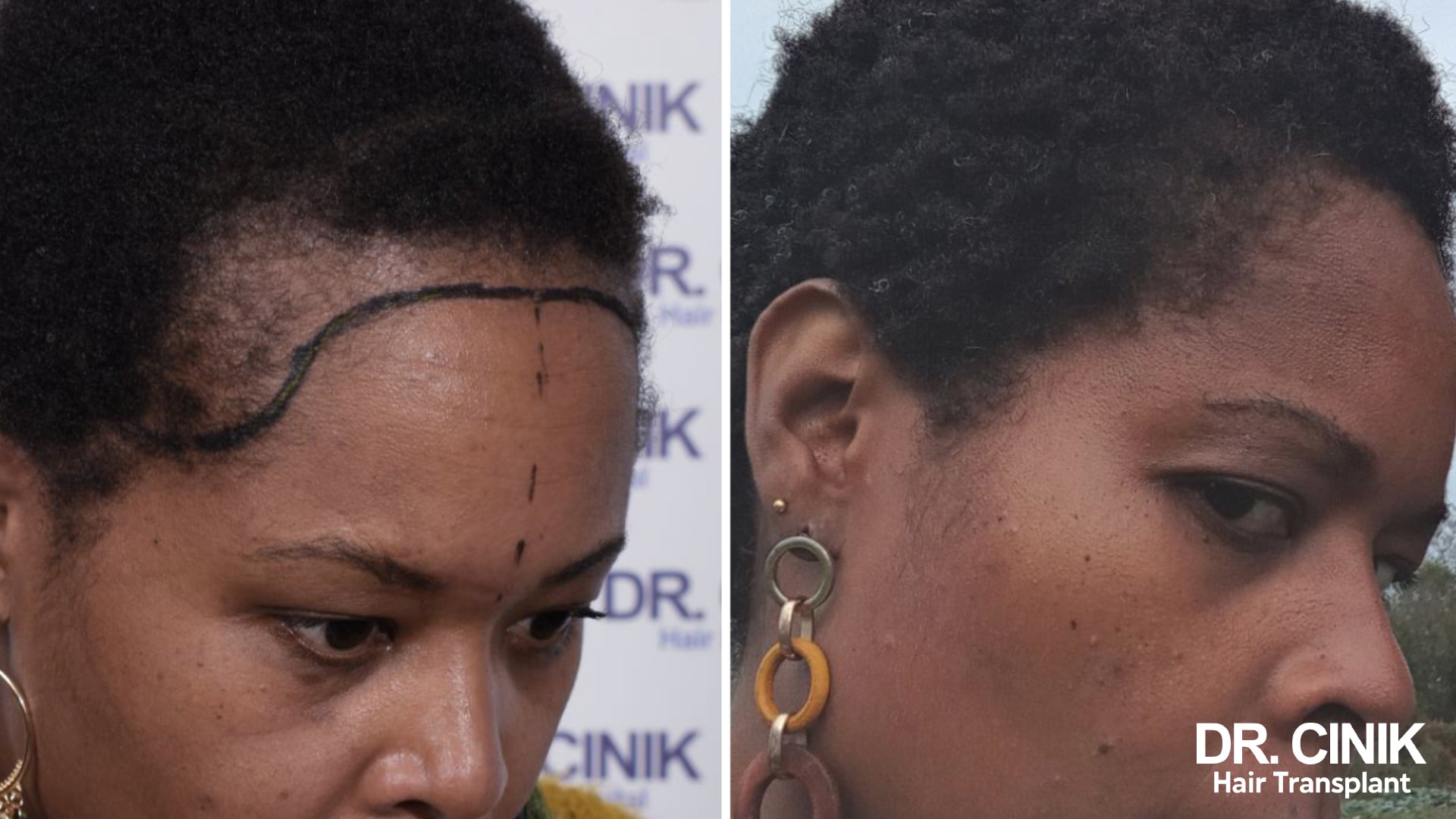
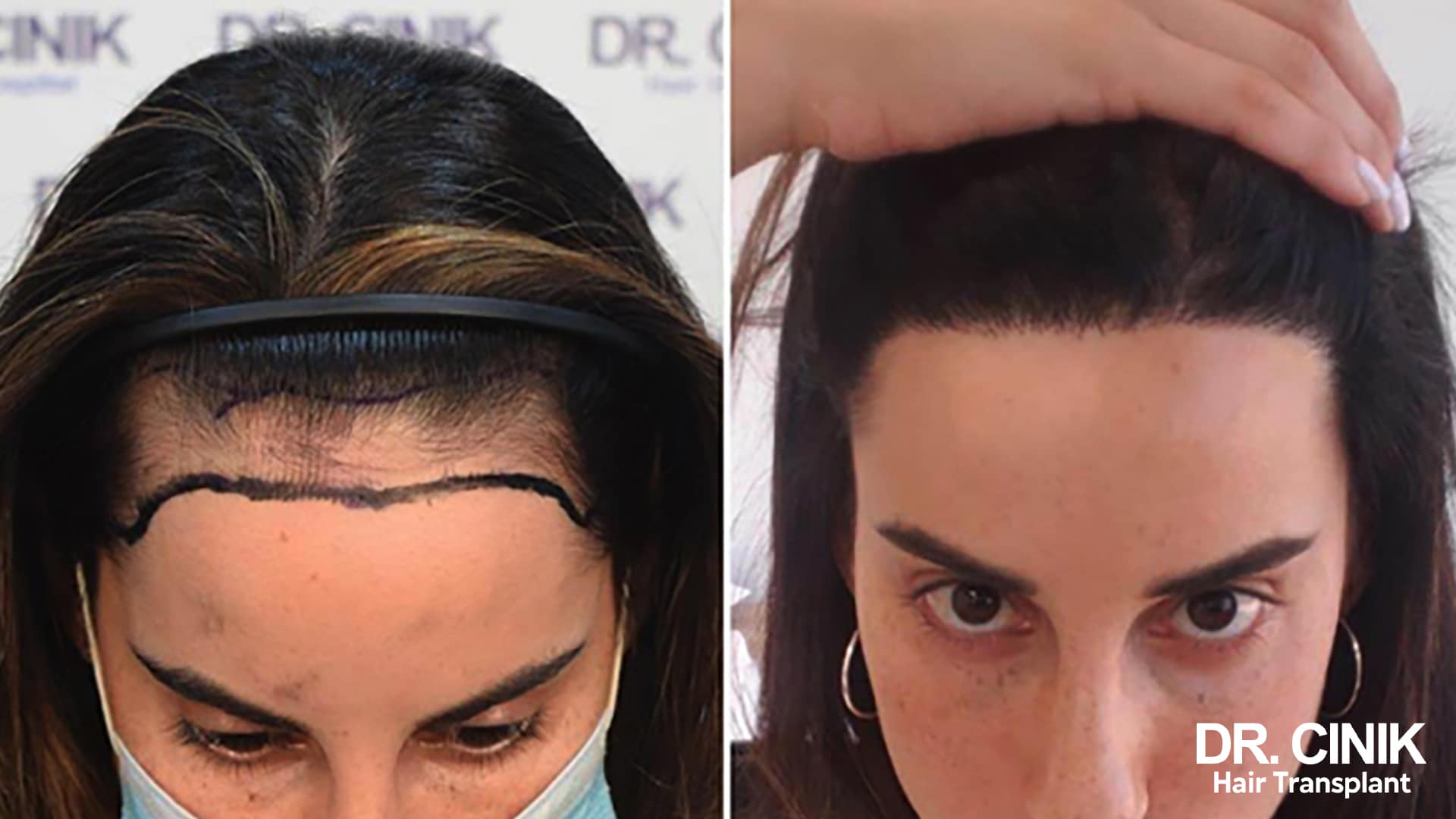
BWD
 en
en



